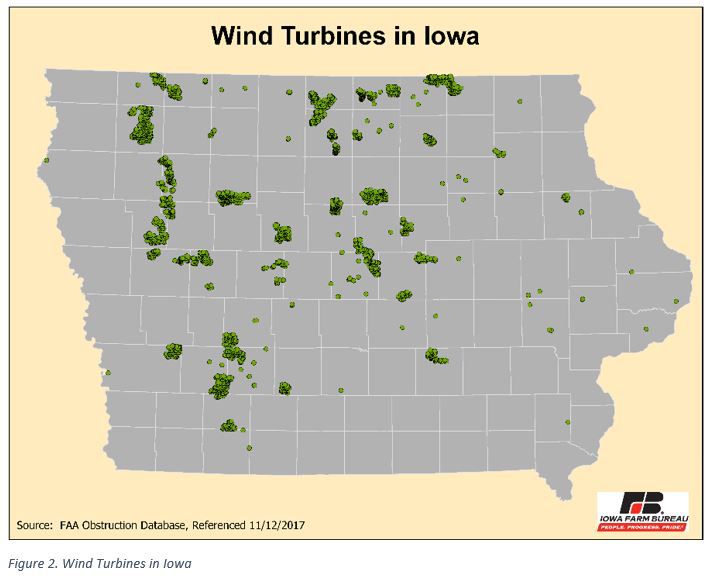Changing the Way We Generate Electricity

If you are in Iowa, it doesn’t take much effort to convert a huge percentage of your capacity from coal to wind; in the Pacific Northwest, you have hydro resources coming out your ears. States in the southeast, however, aren’t as lucky. This is why we’re faced with a few tough realities:
There is no feasible and fair way to mandate that any individual state do anything in particular regarding the migration to renewables.
Given the way that the U.S. was formed 243 years ago, states have an enormous amount of autonomy, and this freedom applies to things far more wide-ranging (and perplexing) than electricity. You may wonder why we need 50 different driving codes, election procedures, statutes re: crime and punishment, marriage and divorce, the sale and consumption of intoxicants, etc. (I have no good answer for you.)
All this means is that state governments are easily manipulated by special interests with big money. Ask the Koch brothers about this; they work tirelessly to perpetuate the consumption of fossil fuels, and thus they and their lawyers have finely honed their skills at blocking states’ progress in environmental protection and the adoption of renewable portfolio standards (RPSs).
All this means one thing: the phasing out of dirty energy is a complicated matter, one that will happen when and only when it’s demanded by the people. As always, it’s up to you and me.
